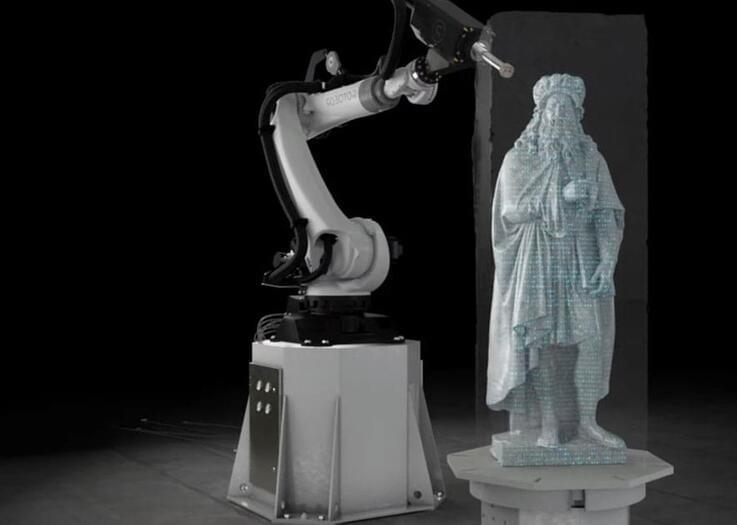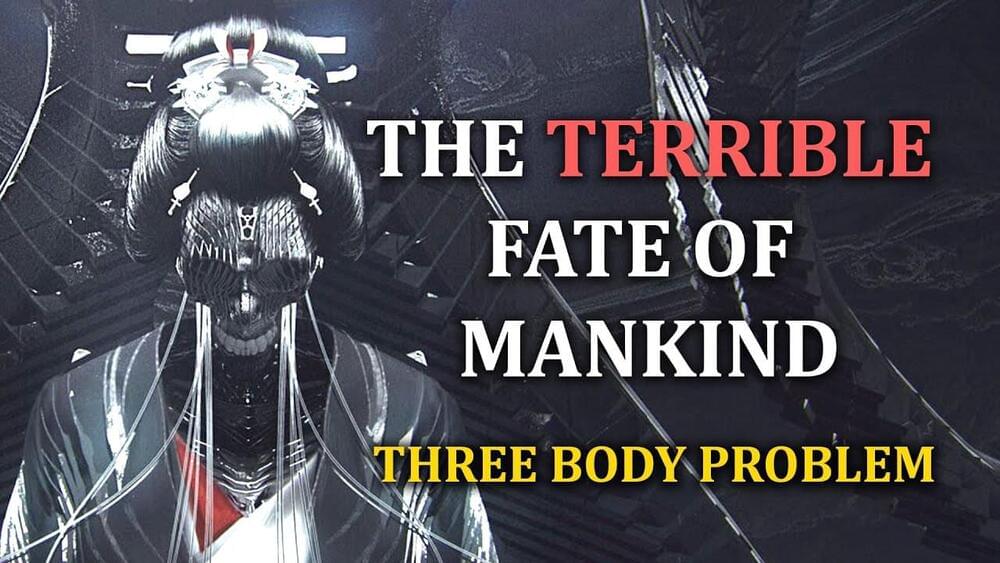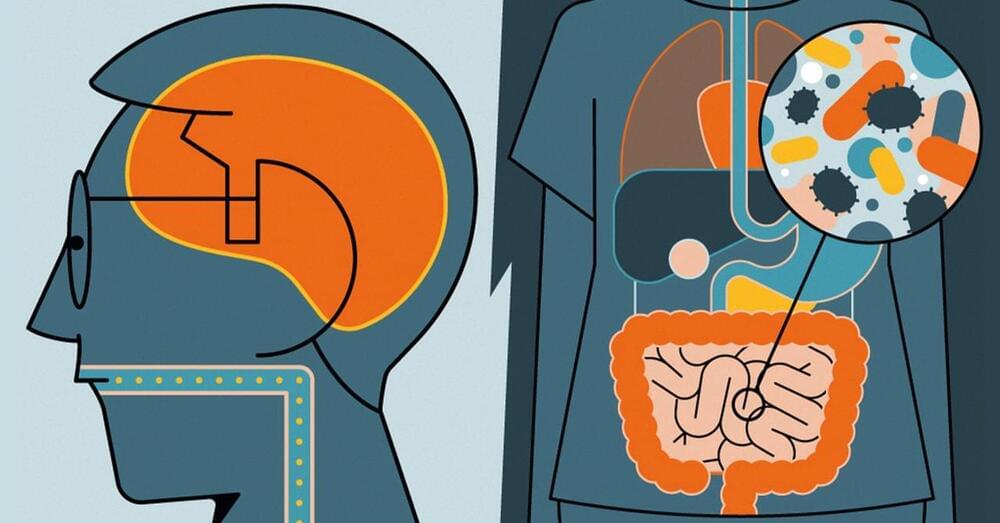The maximum lifespan varies more than 100-fold in mammals. This experiment of nature may uncover of the evolutionary forces and molecular features that define longevity. To understand the relationship between gene expression variation and maximum lifespan, we carried out a comparative transcriptomics analysis of liver, kidney, and brain tissues of 106 mammalian species. We found that expression is largely conserved and very limited genes exhibit common expression patterns with longevity in all the three organs analyzed. However, many pathways, e.g., “Insulin signaling pathway”, and “FoxO signaling pathway”, show accumulated correlations with maximum lifespan across mammals. Analyses of selection features further reveal that methionine restriction related genes whose expressions associated with longevity, are under strong selection in long-lived mammals, suggesting that a common approach could be utilized by natural selection and artificial intervention to control lifespan. These results suggest that natural lifespan regulation via gene expression is likely to be driven through polygenic model and indirect selection.
The authors have declared no competing interest.








